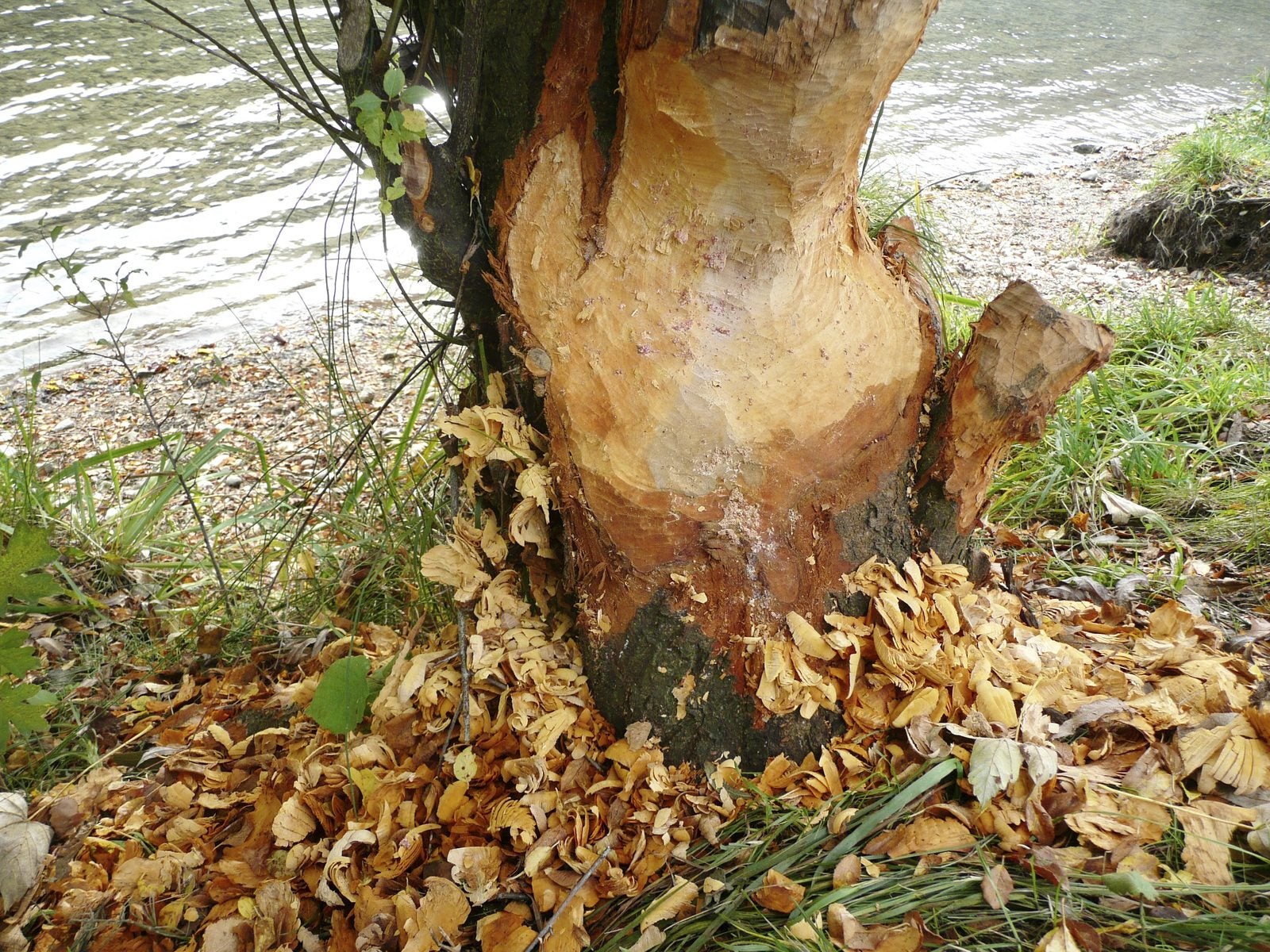Beaver Damage To Trees: How To Protect Trees From Beaver Damage


While it’s frustrating to notice signs of beaver damage to trees, it’s important to recognize the importance of these wetland creatures and strike a healthy balance. Read on for some helpful tips for protecting trees from beaver damage.
Beaver Tree Damage Prevention
It’s taken a long time, but beavers are making quite a comeback after an unregulated fur trade decimated numbers across much of the country, driving the animals nearly to the point of extinction. It’s important to note that beavers are extremely beneficial residents of riparian environments, helping the ecosystem by controlling floods, improving water quality, and providing habitat for plants and animals. Unfortunately, if you own waterfront property, beavers may be creating havoc with trees in your landscape. Beavers are ingenious animals, and they can come up with a lot of clever ways to get to desirable plants and trees, often taking advantage of their teeth for extra leverage. While they prefer trees within 50 feet (15 m.) of water, they are often willing to travel 150 feet (46 m.) or more from the water’s edge, especially if food is scarce.
Signs of Beaver Damage to Trees
Freshly cut trees are the most obvious signs of beaver damage, and beavers are smart enough to drop the tree in exactly the right direction almost every time. Beavers have huge, sharp teeth that enable them to take down a small tree in a matter of minutes, but larger trees take a bit longer to gnaw. Beavers also break off branches for dam building, and they may eat the inner layer of bark, known as the cambium layer.
How to Protect Trees from Beaver Damage
Circular cages or wrapping trees with hardware cloth works well for individual trees but may be impractical if you have a lot of trees on your property. If this is the case, consider protecting the most valuable trees first. Chicken wire is okay in a pinch, but a sturdier wire will last longer and offer more protection. A cage measuring 3 feet (a little under 1 m.) tall is ample in most climates, but 4 feet (a bit over 1 m.) is better if you receive much snow. Allow about 6 inches (15 cm.) between the tree and the cage. Fencing may be better if you need to protect a larger area, especially if the fence is placed to divide the trees from the water. If beavers are inclined to tunnel under the fence, you may need to block their tunnels with concrete blocks. An electrified wire created to keep dogs inside a fenced yard may also offer protection. A mixture of exterior grade latex paint and sand may keep beavers away from established trees, but the combination may be harmful to young trees. This method of beaver tree damage prevention may be worth a try, as beavers apparently don’t appreciate the feel of grit in their mouths. Paint the trunks to a height of about 4 feet (1 m.). Repellents aren’t usually effective, although they may buy you a little time while you’re devising other methods of protecting trees from beaver damage. Try various types of big game repellents.
Sign up for the Gardening Know How newsletter today and receive a free copy of our e-book "How to Grow Delicious Tomatoes".

A Credentialed Garden Writer, Mary H. Dyer was with Gardening Know How in the very beginning, publishing articles as early as 2007.